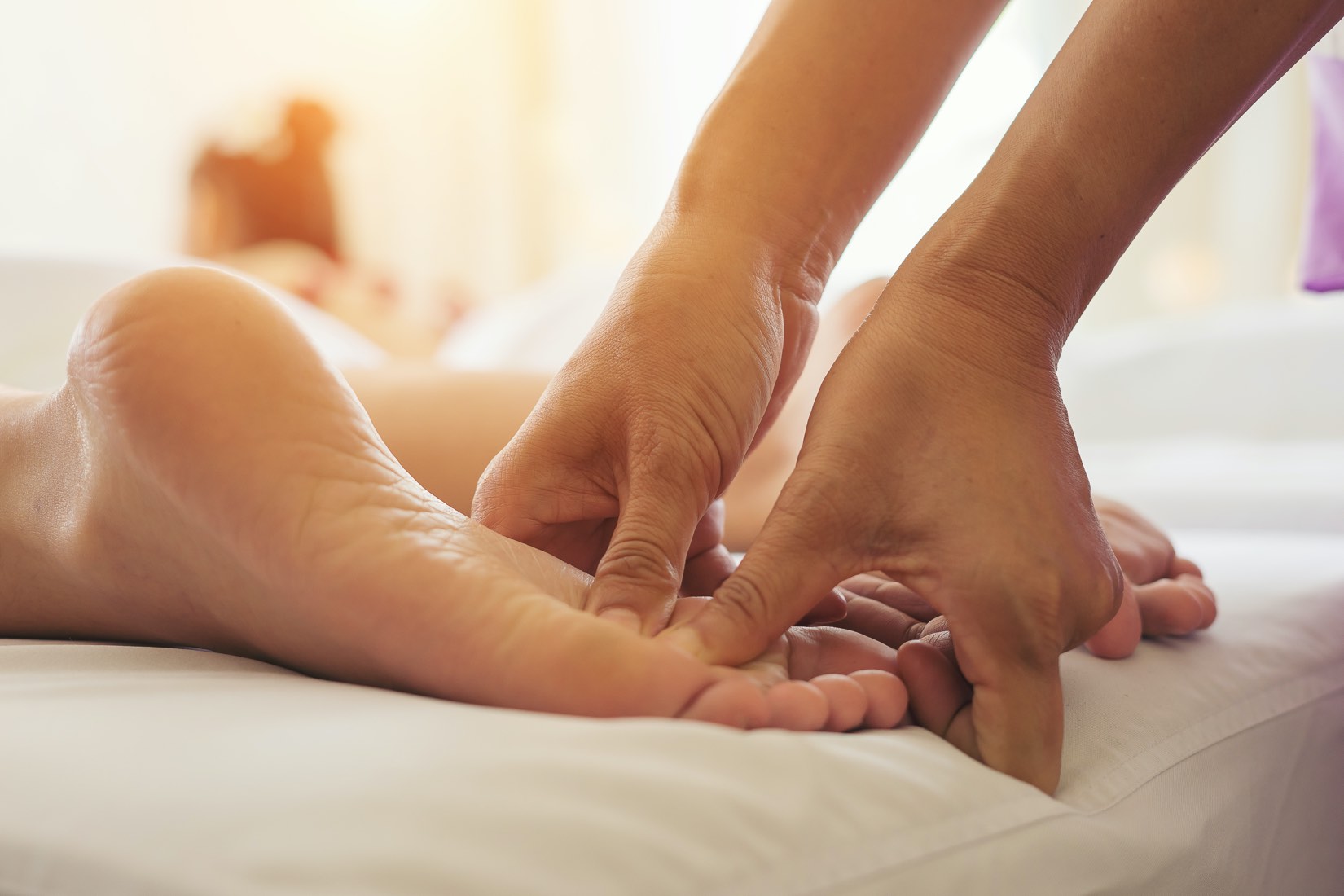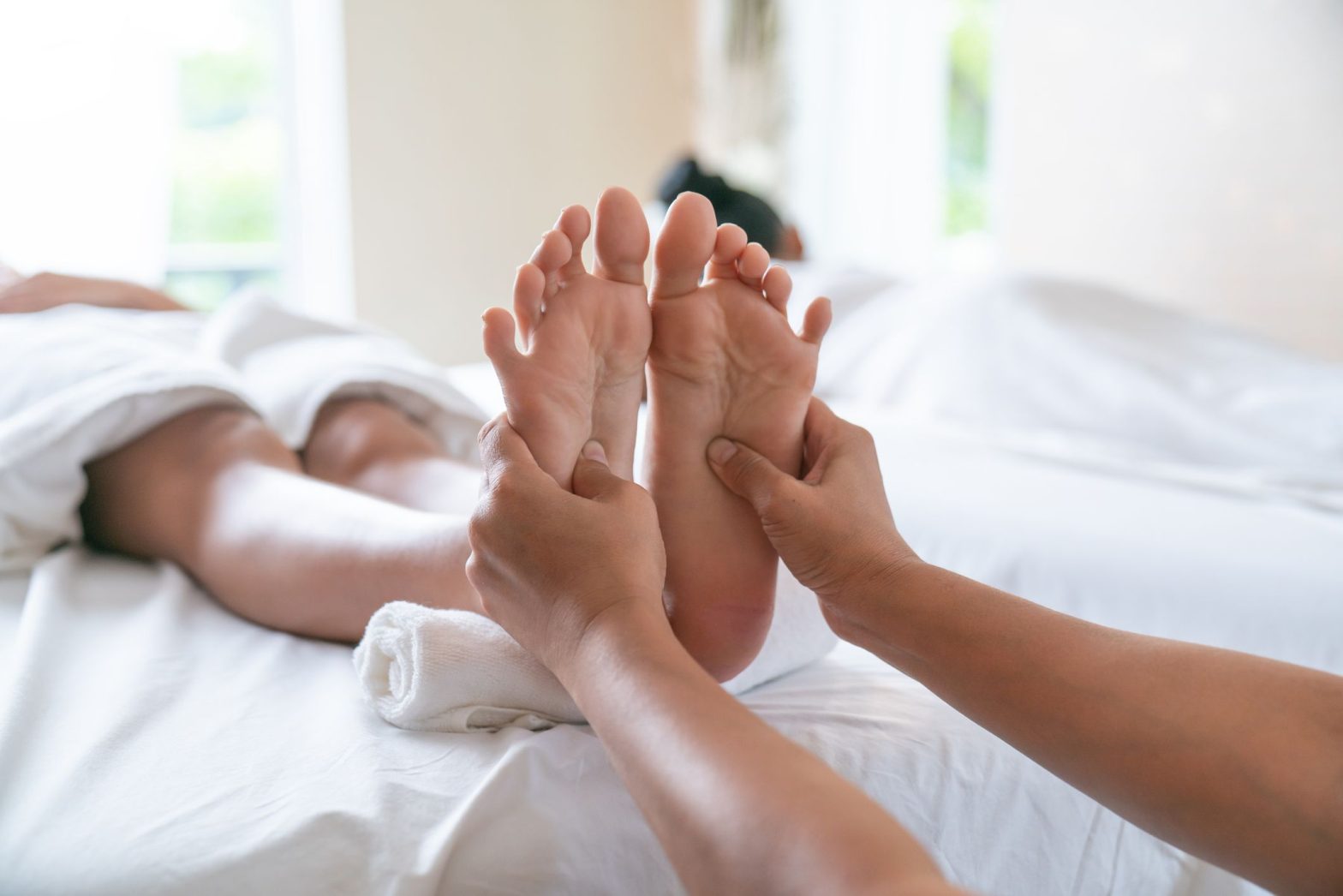Reflexology, an ancient practice rooted in traditional Chinese medicine, has gained significant popularity as a complementary therapy in modern wellness circles. This therapeutic technique involves applying targeted pressure to specific points on the feet, hands, and ears, with practitioners claiming these areas correspond to different organs and body systems. While millions worldwide seek reflexology for stress relief, pain management, and wellness, the scientific community remains divided on its effectiveness.
The practice operates on the belief that stimulating these reflex points can promote healing throughout the body but does current research support these claims? Understanding the evidence behind reflexology is crucial for anyone considering this alternative therapy as part of their healthcare routine.
What Is Reflexology and How Does It Work?
Reflexology is based on the theory that specific areas of the feet, hands, and ears are connected to corresponding organs and body systems. Practitioners, known as reflexologists, use detailed maps showing these pressure points to guide their treatments. The practice involves applying varying amounts of pressure to these designated areas, typically during 30-60 minute sessions.
Several theories attempt to explain how reflexology might work:
Zone Theory: The body is divided into 10 vertical zones, with each zone containing different body parts that correspond to specific fingers and toes. Practitioners believe that applying pressure to these zones can affect the entire area within that zone.
Nervous System Theory: Research from the 1890s suggested that nerves connect the skin to internal organs and that the nervous system adjusts to external stimuli. According to this theory, pressure applied to extremities sends calming messages to the central nervous system, promoting relaxation and improved organ function.
Traditional Chinese Medicine: Reflexology aligns with the concept of “qi” or vital energy flowing through the body. Practitioners believe that stress blocks this energy flow, and reflexology helps restore balance by keeping qi moving freely.
The Scientific Evidence: What Research Reveals

The scientific evidence for reflexology presents a mixed picture. Multiple systematic reviews have examined the effectiveness of reflexology across various conditions, with generally cautious conclusions.
Positive Research Findings
Some studies have shown promising results for specific conditions:
-
Pain Management: Twenty-seven studies demonstrated positive outcomes for pain reduction in conditions including AIDS, chest pain, diabetic neuropathy, kidney stones, and osteoarthritis
-
Anxiety Reduction: Research has shown reflexology may help reduce anxiety levels, particularly in cancer patients and those undergoing surgery
-
Stress Relief: Studies indicate reflexology can lower blood pressure, reduce heart rate, and promote relaxation through measurable changes in brain wave patterns
-
Sleep Quality: Some evidence suggests reflexology may improve sleep disturbances and sleep quality
Scientific Limitations and Concerns
However, the scientific community has raised significant concerns about reflexology research:
Study Quality Issues: A 2024 systematic review by Cochrane Australia found that evidence quality was low for most outcomes examined, with very low certainty for 34 of 38 outcomes studied. The review concluded that “it is not possible to draw conclusions about the effects of reflexology with confidence for any condition.”
Mixed Results: A comprehensive 2009 systematic review of 18 randomized controlled trials found that only five studies yielded positive results, with most higher-quality trials showing no significant benefits. The review concluded that “the best evidence available to date does not demonstrate convincingly that reflexology is an effective treatment for any medical condition.”
Methodological Concerns: Researchers consistently note that reflexology studies often suffer from poor methodology, small sample sizes, and potential reporting bias.
Potential Benefits and Risks
Reported Benefits
While scientific evidence remains limited, reflexology may offer several potential benefits:
-
Stress Reduction: Most studies agree that reflexology can promote relaxation and reduce stress levels
-
Improved Circulation: Some research suggests reflexology may enhance blood flow and oxygen delivery to tissues
-
Complementary Therapy: Reflexology appears to work best as a complementary treatment alongside conventional medical care
-
General Wellness: Many people report improved mood and sense of well-being after reflexology sessions
Safety Considerations
Reflexology is generally considered safe when performed by trained practitioners. However, certain precautions should be taken:
-
People with foot injuries, blood clots, or certain medical conditions should consult healthcare providers before treatment
-
Pregnant women should seek specialized prenatal reflexology practitioners
-
Reflexology should not replace conventional medical treatment for serious conditions
The Bottom Line: Making an Informed Decision
The current scientific evidence suggests that while reflexology may offer some benefits, particularly for stress reduction and relaxation, it should not be considered a proven medical treatment. The practice appears to be most effective as a complementary therapy that may enhance well-being rather than treat specific medical conditions.
For those considering reflexology, it’s important to:
-
View it as a complementary rather than alternative treatment
-
Continue conventional medical care for serious health conditions
-
Choose qualified, certified practitioners
-
Maintain realistic expectations about potential outcomes
While reflexology may not have robust scientific backing for treating specific diseases, its potential for promoting relaxation and stress relief, combined with its generally safe nature, makes it a reasonable option for those seeking complementary wellness approaches.

